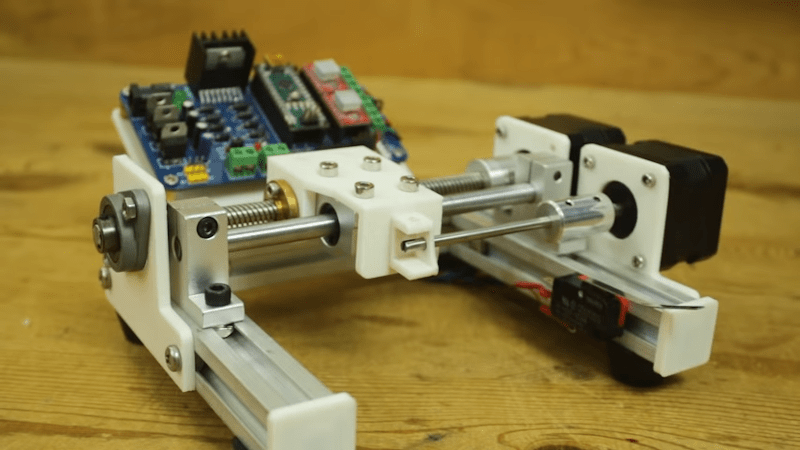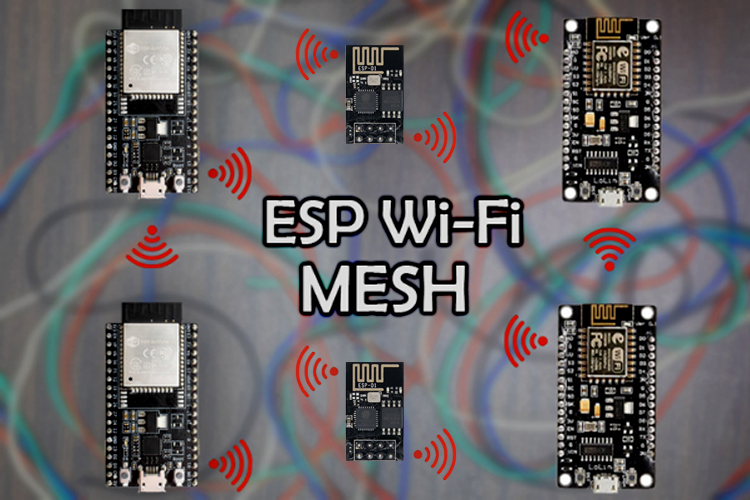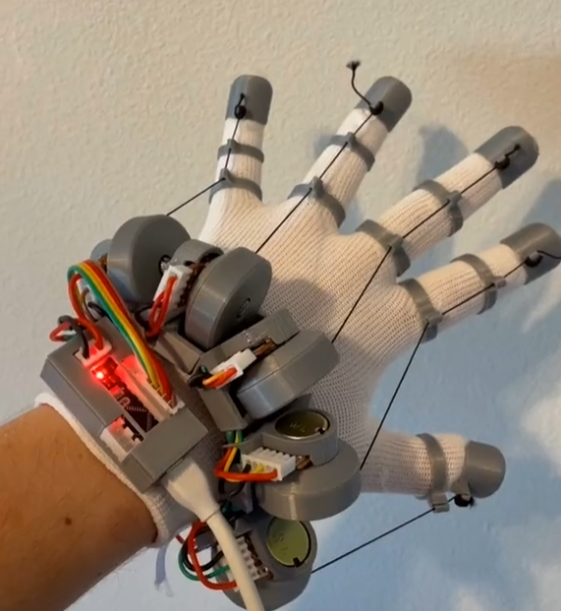Sometimes you need to quickly check the state of the device and having to use a computer for that can be a bit bothersome. A pocket-sized debugger that can monitor and display the data stream is the perfect solution for that!
On the upper right corner, there’s a pin header (RX, TX, GND) meant to be connected to the device you want to receive data from. The current iteration is only 5V tolerant, in the future we plan to add a switch to shift between the 5V and 3.3V logic levels.
We’ve used an ILI93441 2.2″ TFT display and an ATmega328P microcontroller (the design is based on the Arduino Nano schematic) for reading and displaying the serial data. We’ve also added a rotary encoder with push button, which can be used to switch between different baud rates, scroll through the text or pause/resume autoscrolling.




